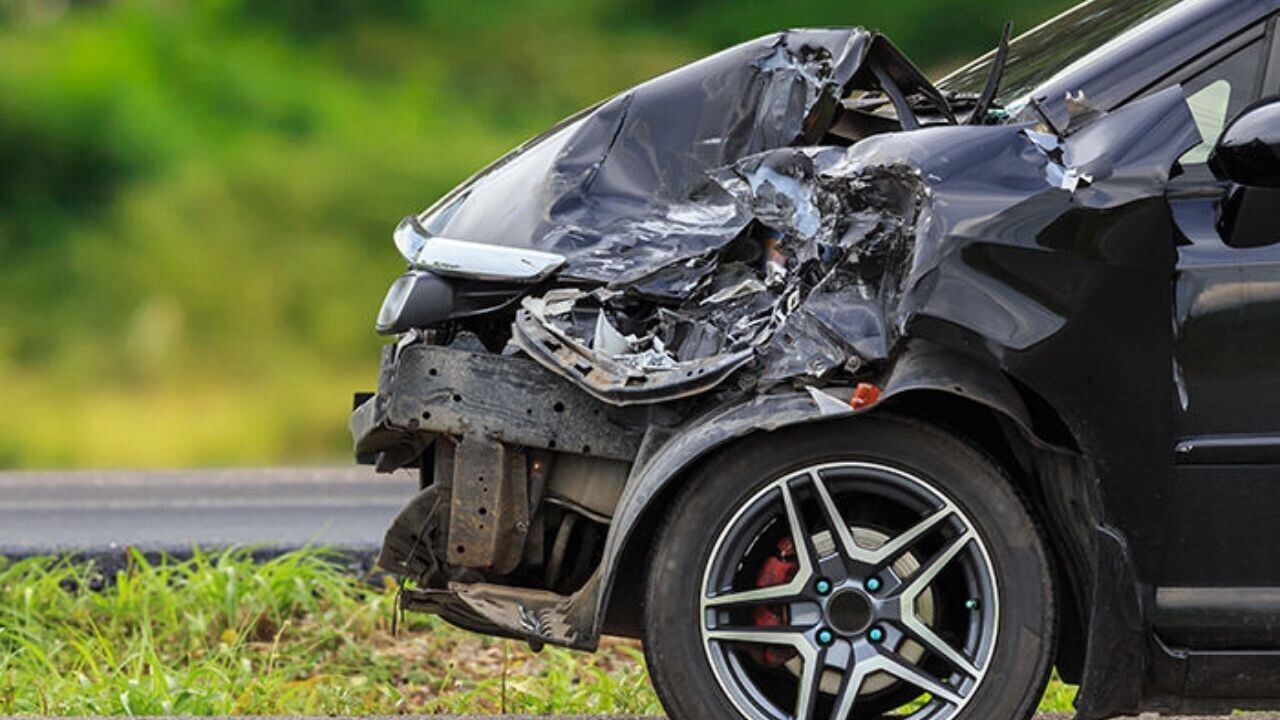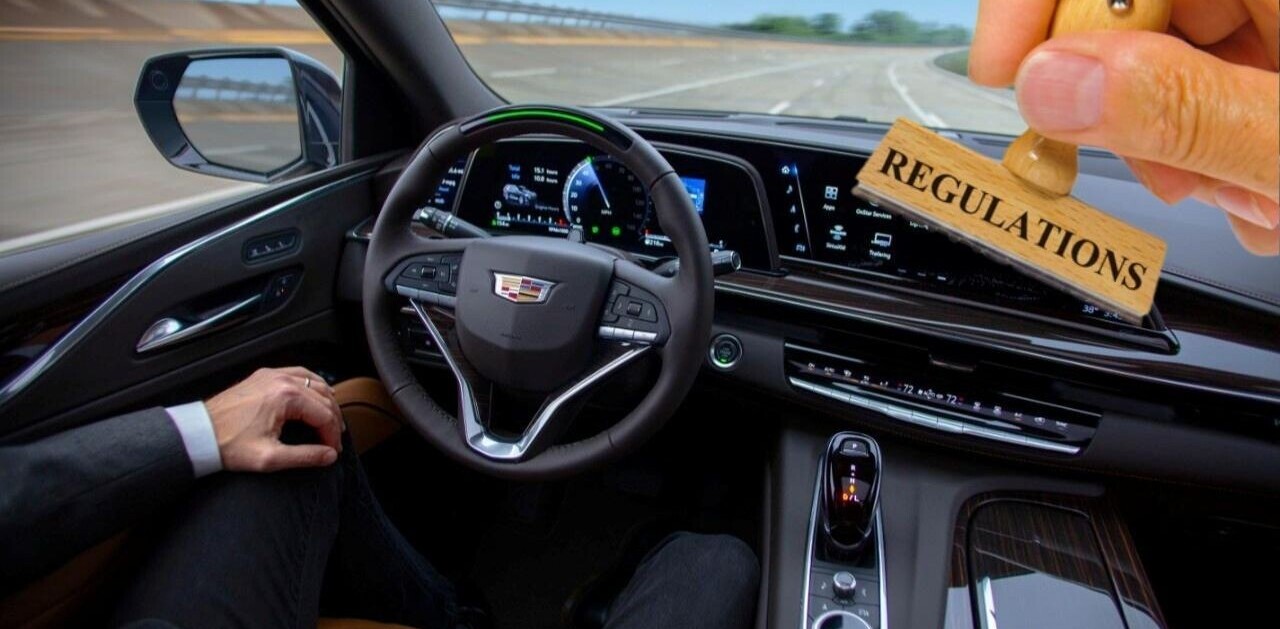Last year, 38,680 people died on the US roads, according to preliminary estimates of the National Highway Traffic Safety Administration (NHTSA). Sadly, that’s the highest projected number since 2007.
Although Americans drove less during the pandemic (13% less vehicle miles traveled), NHTSA found that crash fatalities in 2020 – including motor vehicle occupants, motorcyclists, pedestrians, and pedalcyclists – increased by 7.2%, as compared to the 36,096 fatalities reported in 2019.

The agency’s analysis identified three main behaviors that resulted in this increase: impaired driving, speeding, and failure to wear a seatbelt. NHTSA’s researchers also concluded that throughout 2020 motorists exhibited a higher risk-taking driving behavior.
Alcohol and drug use
Regarding drivers (excluding motorcyclists), the use of alcohol or one type of drug was significantly higher than in the last quarter of 2019, reaching a disturbing 64.4% and 60,7% of the tested motorists in the second and third quarter of 2020, respectively.

Similarly, 63.4% of motorcyclists tested positive for at least one category of drugs in Q3 2020, 17.5% more than in the first quarter.
Speeding
Speeding-related crashes rose by an alarming 11%. Specifically, the data indicated higher speeds on urban roadways (interstates, local, and major collector roads) in Q3 2020, compared to the same period in 2019. The same goes for speed dispersion in rural local and collector roads, where crash fatalities increased by 11%.
Seatbelt use
Deaths arising from occupant ejection and unrestrained occupants of passenger vehicles grew by 20% and 15%, respectively. That makes a shocking 35% increase in fatal crashes as a result of not wearing a seatbelt.



Notably, NHTSA observed a 40% year-on-year growth in the daytime ejection rate, which raises concerns about the daytime seatbelt use rate, that was 90.1% in 2019.

Altogether, the traffic fatalities rose in most major categories, apart from pedestrians:
- Pedestrians (6,205, flat from 2019)
- Passenger vehicle occupants (23,395, up 5%)
- Pedalcyclists (people on bikes) (846, up 5%)
- Motorcyclists (5,015, up 9%)
On the other hand, fatalities in crashes involving a large truck (commercial or non-commercial use) are projected to slightly decline by 2%, while fatalities among older persons (65+ years of age) are projected to drop by 9%.
Overall, NHTSA’s data is as much sad as it is terrifying. One would expect that the pandemic would reduce fatal crashes, given how much time people spent indoors.
On the contrary, it seems that its psychological impact also affected driving behavior, cultivating a culture of risk taking. Whether this has to do with a false sense of safety due to less traffic or with a deeper change in life perception – a distorted carpe diem -, one thing is certain: road safety rules should still be followed even during health emergencies.
Do EVs excite your electrons? Do ebikes get your wheels spinning? Do self-driving cars get you all charged up?
Then you need the weekly SHIFT newsletter in your life. Click here to sign up
Get the TNW newsletter
Get the most important tech news in your inbox each week.





